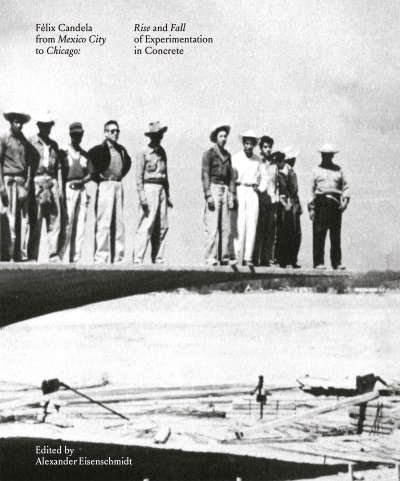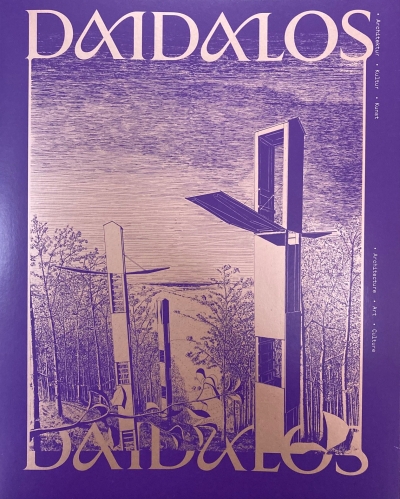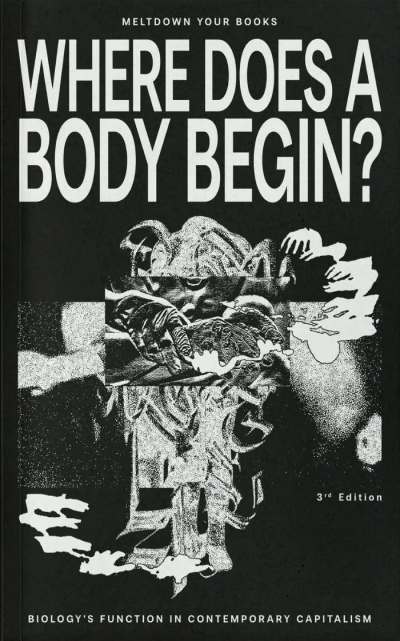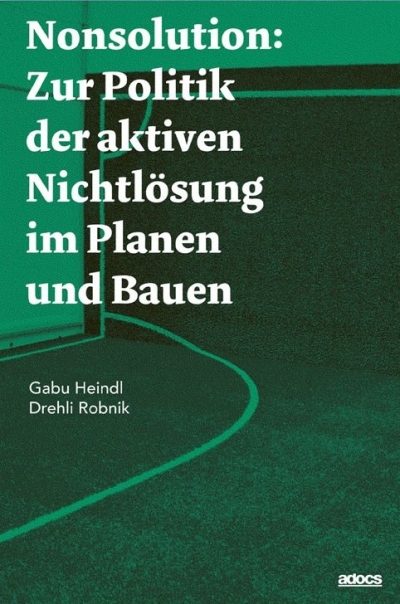
Villas 60-70 en France
Le précédent ouvrage de Raphaëlle Saint-Pierre paru aux Éditions Norma, Villas 50 en France, montrait déjà une production architecturale digne d’être reconnue. Son nouvel opus, Villas 60-70 en France fait découvrir la création originale et foisonnante de cette période, qu’elle soit l’œuvre d’architectes français (Jean Balladur, André Bruyère, Paul Chemetov, Jean Nouvel, Claude Parent, Roland Simounet, etc.) ou étrangers (Marcel Breuer, Philip Johnson, Richard Neutra, Oscar Niemeyer). Le livre analyse les divers courants esthétiques et conceptuels, notamment dans leur relation avec les mouvements internationaux. Au milieu des années 60, la contestation sociale et l’émergence de la contre-culture se font sentir dans le monde occidental. L’architecture moderne est remise en question par une multiplicité de tendances qui se dévoilent alors. Contrairement aux années 50, on ne peut pas parler d’un style spécifique des décennies 60 ou 70. Cependant le programme de la maison reste, plus que jamais, le laboratoire privilégié des architectes de toutes les générations.
La première partie du livre est divisée en trois chapitres qui s’attachent à discerner les influences, les ruptures, les thèmes de réflexion liés à la maison individuelle française. Le premier est consacré aux métamorphoses de la modernité. Les débats se complexifient, les modèles et les repères changent. Face à la multiplication des pavillons, architectes et designers se mobilisent pour mettre au point des prototypes de maisons industrialisées. Le deuxième chapitre expose l’enthousiasme des architectes pour les sciences, les avancées de la prospective (Jean-Louis Chanéac) ainsi que l’effacement des frontières avec les arts plastiques (Pierre Szekely). Dômes, paraboloïdes hyperboliques, bulles (Pascal Häusermann, Antti Lovag) et structures gonflables sont les symboles d’une rupture avec le cube antérieur. Le troisième chapitre aborde la pensée écologique. Elle apparaît chez quelques scientifiques et intellectuels en marge, puis, lors de la crise pétrolière de 1973, investit la scène nationale avec un nouvel intérêt pour le bois (Pierre Lajus, Jean-Pierre Watel) et les essais d’architecture solaire (Guy Rottier).
Dans la seconde partie de l’ouvrage, une trentaine de villas très caractéristiques sont classées par ordre chronologique, analysées en détail et illustrées par des documents variés, dessins, plans, photographies… Elles permettent un approfondissement des thèmes abordés au début du livre et elles expriment la richesse, aujourd’hui insoupçonnée, de cette époque fondatrice que furent les années 60 et 70 dans de nombreux phénomènes de société mais particulièrement en architecture.
http://archipostalecarte.blogspot.de/2013/07/villa-60-70.html

































































































